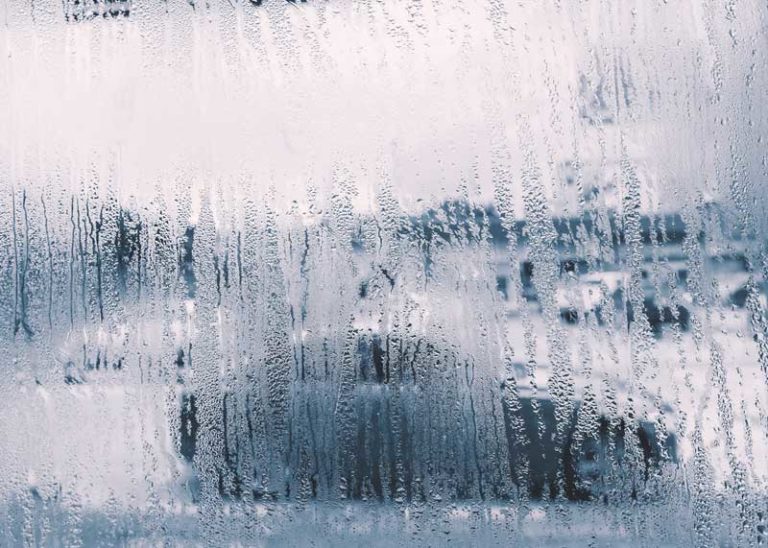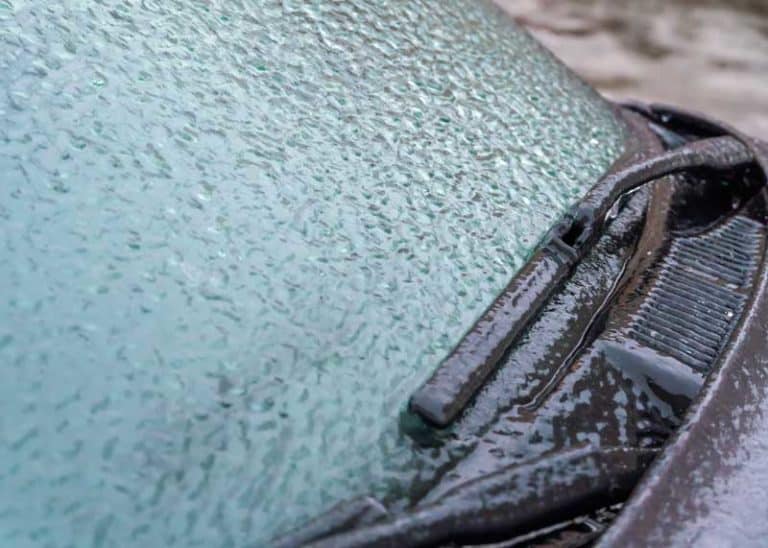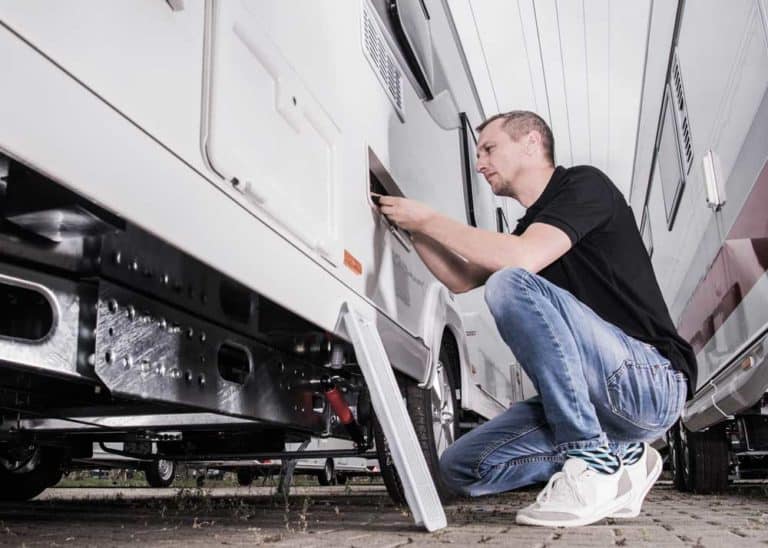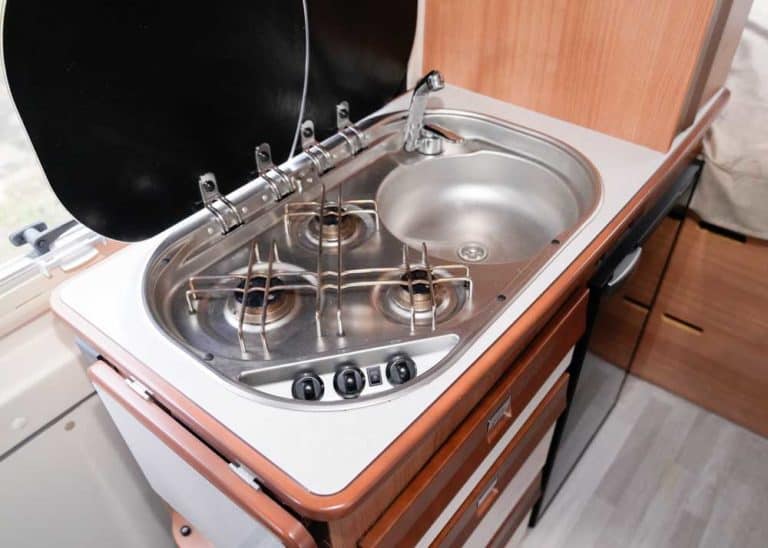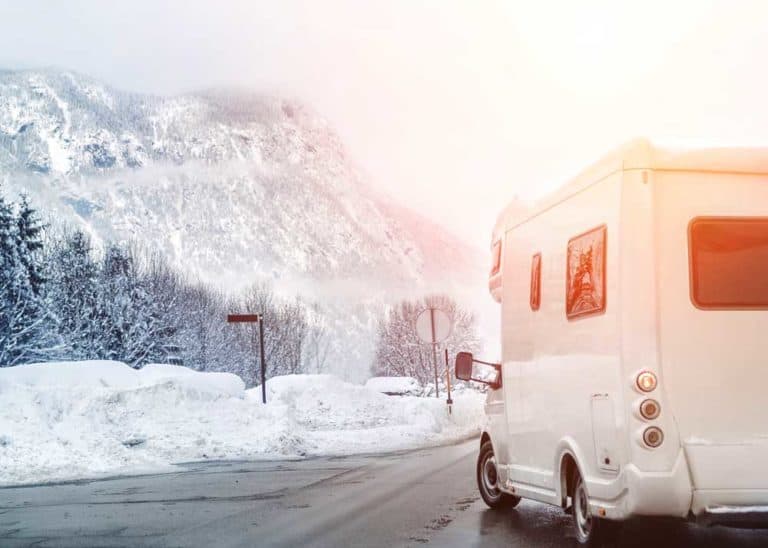How to Unfreeze RV Pipes: 5 Methods to Try (1 to Avoid)
Frozen RV pipes are a massive inconvenience, at best. If they crack and break, things get worse. The best way to avoid frozen pipes is to prepare in advance.
Here’s how to unfreeze RV pipes. Aside from winterizing your RV, there are five ways to unfreeze frozen pipes. You can install heat tape, place a space heater, use a hairdryer or heat hunt, or use hot rags.

Though this is an unfortunate problem, there are ways to fix it! Most RV pipes are easily accessible so that you can fix them in a pinch with the right tools and knowledge.
Here are five helpful ways to unfreeze RV pipes and one way that you should always avoid.
Why Do RV Pipes Freeze?
When water sits in pipes without being run regularly, it will freeze. As it freezes into ice, it expands and easily cracks or breaks pipes and welds. Once enough ice forms, water will no longer pass through the pipe.
- If your RV is in storage, some basic winterization steps will help you avoid frozen pipes and resulting damage.
- If you are staying outdoors when the freezing happens, the following tips will help you get water flowing again.
5 Ways to Unfreeze RV Pipes
So now that you have frozen pipes, how do you unfreeze RV pipes?
Here are five methods for unfreezing your RV pipes.
Note: Thawing frozen pipes has the potential to damage your plumbing. Overheating one area can cause additional damage. Sometimes the damage isn’t discovered until later when the cracked pipe is out of sight. Also, blasting hot air into enclosed spaces has risks. If you aren’t confident that what you’re doing is safe, don’t do it.
The following tips will work in some settings, and for some RVs.
1. Heat Cable or Heat Tape
Heat cable or heat tape is an effective method of unfreezing pipes. These cables wrap around metal or plastic water pipes. Though these are great as precautionary measures, they can also be used as rescue materials if needed.
Always use heat cables that are certified by the Underwriter’s Laboratories. Cables without this distinction might start fires. Fires are also a risk for improperly installed heat cables.
Thoroughly read the instructions with the heating cable. The manufacturer’s note may specify that you should not double-wrap it. It will also provide tips on safe storage and usage.
2. Space Heater
Some people are wary of using a space heater because it can be a source of an electrical or heat-induced fire.
However, if you can safely plug in the space heater at a safe distance from any flammable objects, you can use this to unfreeze your pipes!
Do not leave the space heater unattended, and keep an eye out for any objects or areas inside the RV that become overly hot during this process.
Another RV blogger suggests using a propane heater, especially when boondocking.
3. Hairdryer
Using a hairdryer is a great way to use the materials you already likely have in the RV. Unfortunately, this is a very time-consuming task. To do this, plug in the hair dryer, then wave it back and forth along the pipe to gradually warm it up.
To make this method more effective, try using a cookie sheet on the opposite side of the pipe to warm it up and contain the heat in the pipe area. Be careful not to burn yourself or to isolate the heat in one area of the pipe.
A benefit of the hairdryer is that it has gradual heat. If you keep it moving, you’re unlikely to overheat a section of pipe.
4. Portable Heat Gun
Unlike a blowtorch, the portable heat gun emits heat like a space heater does. This means it can be safe to use for frozen pipes.
But you should know that a heat gun is a different tool than a hairdryer. It can start fires and quickly burn you.
Educate yourself on the best practices of using a heat gun. Though it is fairly safe when used correctly, you could end up melting portions of your pipe. Take care to avoid burning yourself or other items around the heat gun as well.
5. Warm Rags
A safe method of unfreezing pipes is using warm rags and hot water.
Here is the method, according to Roto-Rooter.
- Fill a bucket of hot water and collect a few rags.
- Dip your rag into warm water and then wring excess water from it.
- Wrap it around the pipe.
- You will need to do this many times, so this method is very time-consuming. It also might not be as effective for external ice on your pipes since the rag may freeze.
However, it is a great way to unfreeze pipes without fire damage or without damaging the pipes.
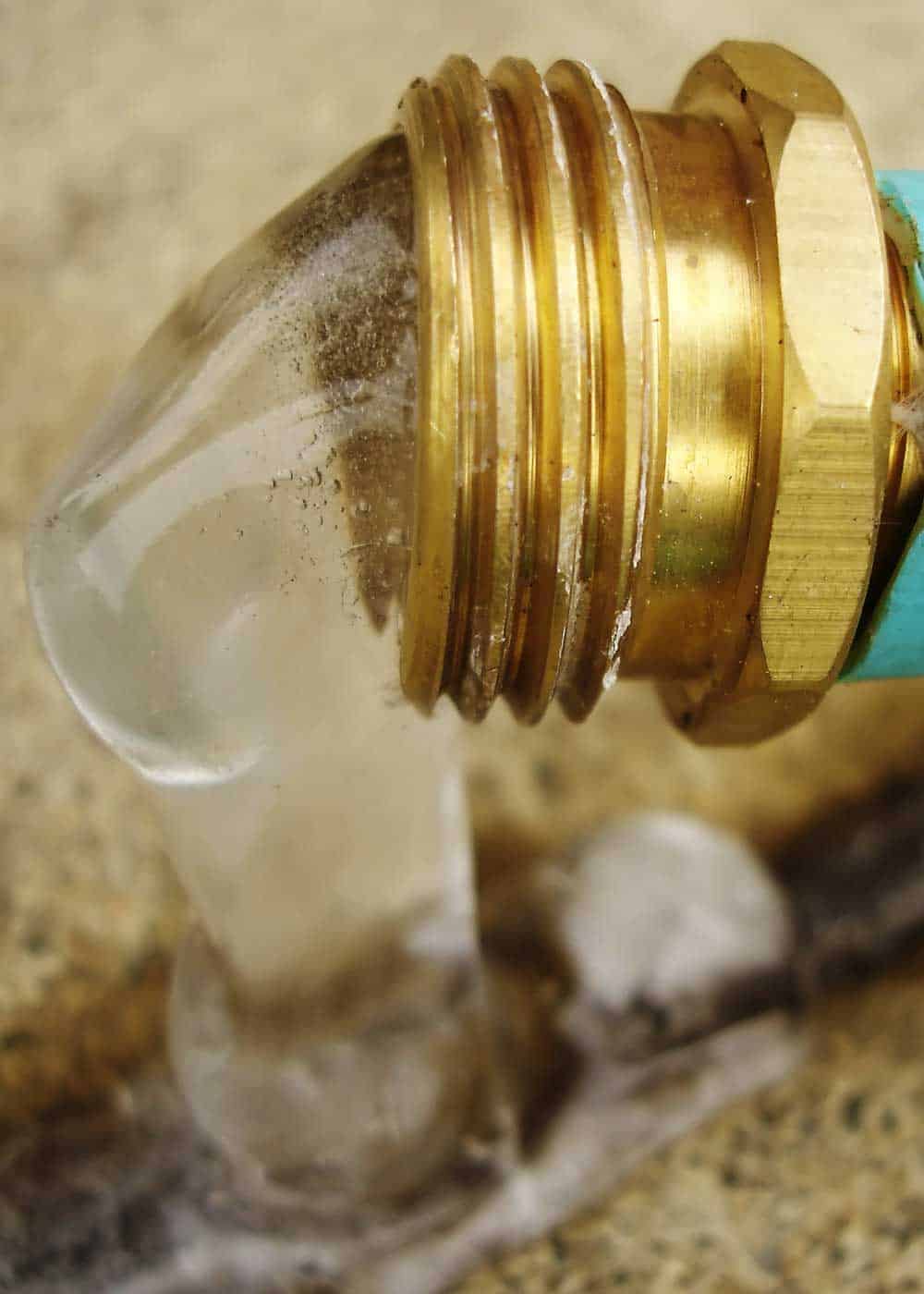
It’s best to be proactive and avoid frozen pipes.
Should I Pour Hot Water on Frozen Pipes?
You might think that pouring hot water on your frozen RV pipes will help bring them to a more warm temperature, which will unfreeze them.
Do not do this! While it might unfreeze your pipes, it will cause additional damage to the pipes.
Here’s how to winterize your camper to live in. And a large set of winter RV camping tips.
Wrapping Up
Though frozen pipes in your RV are a massive inconvenience, they are not necessarily a problem that spells disaster. Try using one of the five methods presented here the next time you find a frozen pipe!

